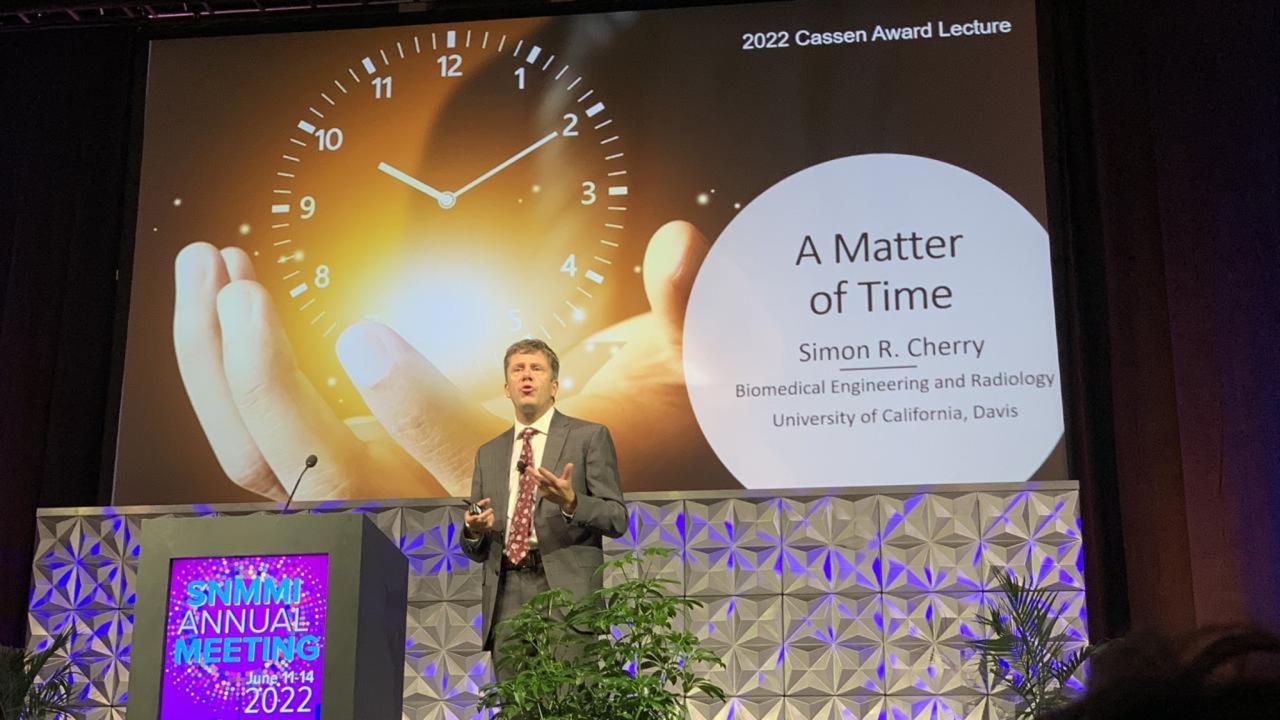

- Karen nuclear time theroy verification#
- Karen nuclear time theroy code#
- Karen nuclear time theroy series#
These two articles indicate areas where the models can be improved to adequately address issues with new reactor design and development.
Karen nuclear time theroy series#
This second part completes the series on the comparison and evaluation of the selected reactor system codes by discussing the closure relations, val- idation and limitations. Sub-types of these reactor designs utilize pebbles, prismatic graphite moderators, helical steam generators, in- novative fuel types, and many other design features that may not be fully analyzed by current system codes. The nuclear industry is developing new, innovative reactor designs, such as Small Modular Reactors (SMRs), High-Temperature Gas-cooled Reactors (HTGRs) and others. Lastly, the limitations of the codes are discussed by considering next generation power plants, such as Small Modular Reactors (SMRs), analyz- ing not only existing nuclear power plants, but also next generation nuclear power plants.
Karen nuclear time theroy code#
It can be shown from the assessments that the test cases cover a significant section of the system code capabilities, but some of the more advanced reactor designs will push the limits of validation for the codes.
Karen nuclear time theroy verification#
Code verification and validation, including Separate Effects Tests (SETs) and Integral effects tests (IETs) is also assessed. The experiment conditions should be understood to evaluate the efficacy more » of the closure models. These models are often developed from experimental data. These include several thermal and hydraulic models, such as heat transfer coefficients for various flow regimes, two phase pressure correlations, two phase friction correlations, drag coefficients and interfacial models be- tween the fields. In this second part of the article series, the system code closure relationships (used to model thermal and mechanical non-equilibrium and the coupling of the phases) for the governing equations are discussed and evaluated.

This is Part II of two articles describing the details of thermal-hydraulic sys- tem codes. The results of these articles also guide the development of these system codes, the underlying thermal/hydraulic models, and indicate areas where models must be improved to adequately address issues with new reactor design and development activities. In the second part of this article, the closure relations, their major as- sumptions, experimental verification and validation are discussed. The numerical approach of the codes are benchmarked against one another to since numerical approach not only affects the speed of the system codes but also the accuracy of the results. The most significant of the assumptions is that the governing equations can be discretized in more » time. In addition, major assumptions about the governing and closure equations in these codes are compared and discussed. The regimes are used to select appropriate closure relationships to model heat transfer, interfacial drag, and other flow condi- tions. Two-phase flows are divided into flow regimes based on their appearance and the flow structure. Most of them utilize a lumped approach with only two fields to represent two phase flow. It will be shown that the governing equations do not vary substantially between the codes considered. In this comparison, the governing equations for mass, momentum and energy conservation are evaluated. The code comparisons provided in the two parts of this article series allow users to select the appropriate system code for their specific problems. Many of the available codes have multiple similar versions developed for specific user needs. Due to the dispersed development of system codes over many laboratories and universities, there are several system codes available for use. The design and analysis of the thermal/hydraulic systems of nuclear power plants necessitates system codes that can be used in the analysis of steady- state and transient conditions.


 0 kommentar(er)
0 kommentar(er)
